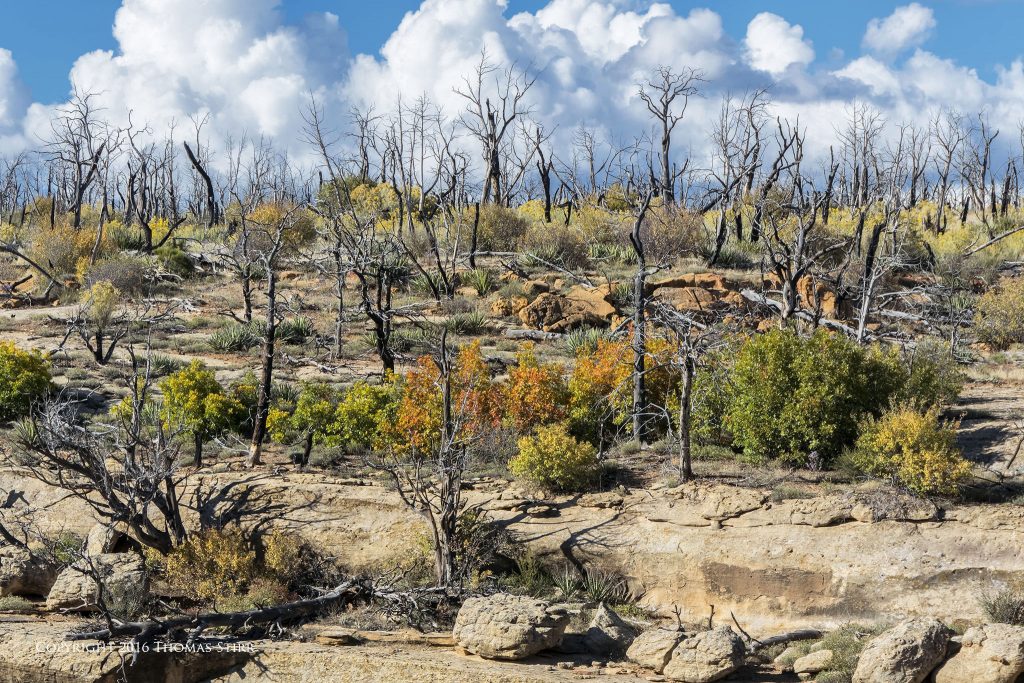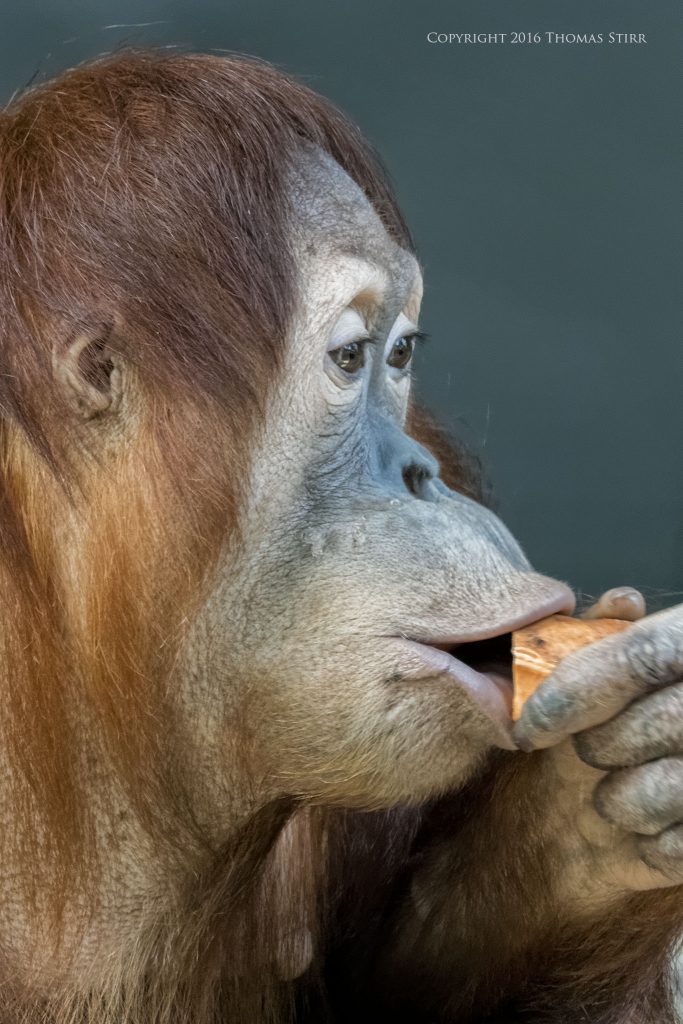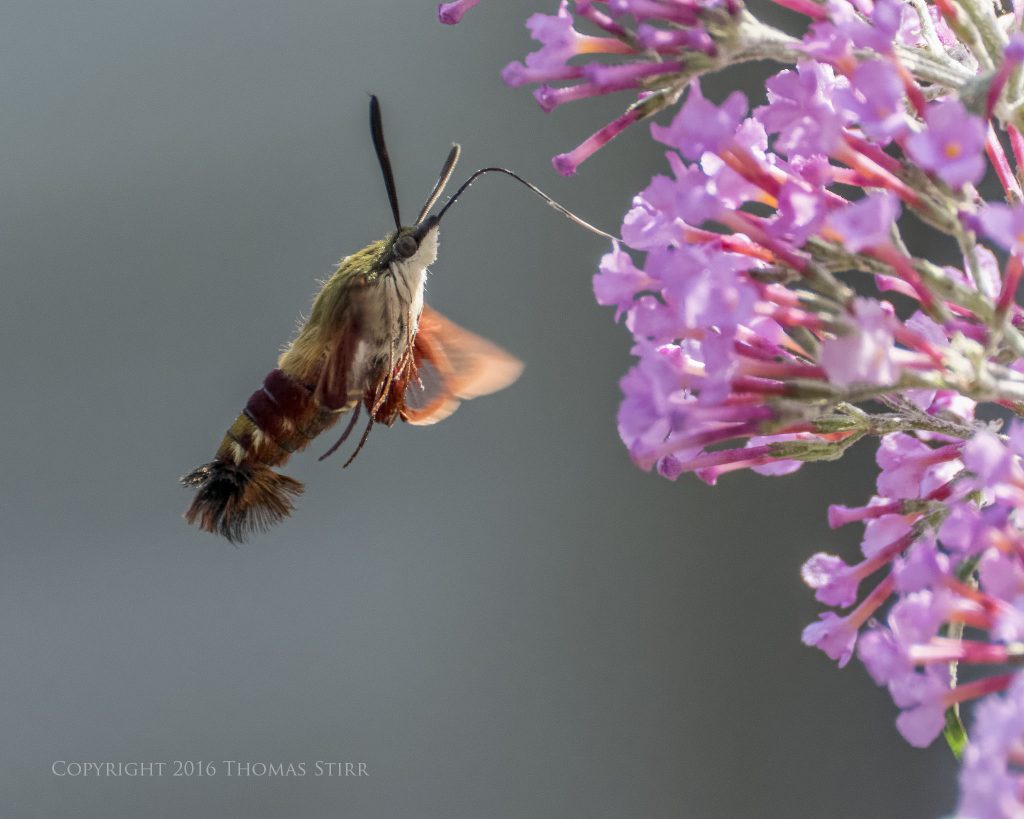The lenses that an individual photographer chooses to use is a matter of personal preference. Some folks enjoy shooting with prime lenses while other people prefer zoom lenses. This article discusses using more creative latitude of zoom lenses by considering a few, simple things.
While I use my 1 Nikon prime lenses extensively for my client video work, sometimes shooting entire projects with them, I almost never use prime lenses for still photography. I much prefer the flexibility of zoom lenses.
NOTE: Click on images to enlarge.

People who shoot with zoom lenses appreciate the composition flexibility that this type of lens provides. This is especially true when physical access is limited. Like shooting in close quarters, or across a canyon as in the image below. Being able to frame photographs very precisely, with the specific intent of eliminating the need to crop, is certainly one way to get more creative latitude out of your zoom lenses.

Unfortunately using zoom lenses can become a crutch and may cause us to become lazy photographers if we are not careful. During my travels I’ve observed many people using zoom lenses, creating a range of photographs, while staying planted firmly in one place. If you want to get more creative latitude from zoom lenses, another very simple thing you can do is use your feet!

It is important to remember that a shorter focal length (i.e. wide angle) will produce more depth of field compared to a longer focal length (i.e. telephoto) when shot at identical apertures. This is evident in the photograph above which was captured with a focal length of 13 mm. You can see that there is good depth-of-field throughout the image even though an aperture of f/5.6 was used.
To create the image above I moved in very tight physically to the flowers (within 3 feet/1 metre), and used them as my auto-focusing point in the photograph (I always shoot landscapes using single point auto-focus).
It wasn’t the sensor size in my Nikon 1 J5 that created this amount of depth-of-field at f/5.6. It was the 13 mm focal length used, as well as the short distance to the focusing point that produced that amount of depth-of-field at f/5.6.

Understanding the impact of lens focal length, distance from a focusing point in the composition, and aperture used, are all critical considerations to achieve specific amounts of depth-of-field.
The image above is another example where deep depth-of-field was created by using a short (i.e. wide angle) focal length of 10 mm. I purposely moved in very close to the grass on the left-hand side of the image and used it as my auto-focusing point. The combination of using a focal length of 10 mm and choosing a focusing point just within the minimum focusing distance of my lens created the deep depth-of-field in the photograph, even though an aperture of f/5.6 was used.

By using our feet and getting in tight to foreground elements, like the tree trunk in the above image, we can accentuate a feeling of distance, while still having deep depth-of-field in our photographs. This is accomplished by shooting at a short (i.e. wide angle) focal length.
If I would have captured this same tree trunk using a focal length of 100 mm at f/5.6 rather than 10 mm, the background detail would have been out of focus. From a creative execution standpoint it would have produced an entirely different looking photograph, even though both images would have been created using the same subject matter, using the same zoom lens, at the same aperture. The only differences would have been the focal lengths used and the distances from the focusing point.
This is a key, creative consideration when using a zoom lens, especially those lenses that provide a wide variance in focal lengths. My 1 Nikon 10-100 mm is a good example of such a lens. In full frame terms it has an equivalent field-of-view of 27-270 mm.

Shooting at longer focal lengths when we are in tight to our subject produces shallow depth-of-field. This helps to separate our subject from the background in the image.

It is also good to consider the amount of compression that you may want in a composition and how this is affected by focal length. Shooting at a longer focal length will create more compression in your photograph than will shooting at a shorter focal length.

The image above was captured at a focal length of 64 mm which will tend to bring the background forward, and accentuate the undulations in the road due to image compression. Shooting at a focal length of 10 mm would have produced a much wider field-of-view, but also pushed the mountains off into the distance. This would have greatly reduced the image compression and made the road appear much flatter.
Obviously these same composition considerations still exist when using prime lenses. The main difference is having the convenience to completely change the nature of a photograph’s composition with a simple wrist movement to alter the lens focal length when using a zoom lens, instead of making one, or more, lens changes using primes.

I regularly get emails from readers asking why their landscape images do not appear sharp throughout the scene. More often than not the problem was caused by the choice of focal length and the distance from the focusing point used.
To illustrate this, let’s consider a typical scenario of a photographer shooting a landscape image using a cropped sensor DSLR with an 18-55 mm zoom lens. The first photograph is taken at the long end of the zoom, i.e. 55 mm. An aperture of f/8 is used and the photographer picks a focusing spot (a large tree stump) about 15 metres away (49 feet).

Under these shooting conditions the nearest point of acceptable sharpness would be about 8.2 metres away (~27 feet) and the furthest acceptable sharpness would be about 90 metres (293 feet) away. So, anything further away than 90 metres would begin to lose focus. The more distant something is in that photograph, the less that it will be in focus.
When looking through the camera’s viewfinder the scene would likely appear pretty sharp from foreground all the way to infinity. Once the photographer returned home they would be in for an unpleasant surprise when they viewed the image on a large monitor, or tried to print an enlargement. They would then notice that the image was not sharp in the distance as anything past 90 metres in the photograph would have lost some degree of sharpness.

Now let’s suppose that same photographer, shoots the same scene with the same camera and lens, using the exact same focusing spot (i.e. the large tree stump), and the same aperture of f/8. But, this time the photographer realizes that choosing a shorter (i.e. wider angle) focal length will produce more depth-of-field. So, rather than shoot the scene at 55 mm, the photographer walks forward 10 metres (32.5 feet) and uses the widest angle focal length available on their zoom lens – 18 mm. They recompose their image, and focus on the same large tree stump which now is only 5 metres (~16 feet) away.
The simple act of walking 10 metres closer and using the 18 mm end of the zoom lens, rather than the 55 mm end, would dramatically affect depth of field. The nearest acceptable sharpness would now be at about 1.4 metres (~4.5 feet) with the furthest acceptable sharpness now being at infinity.

In fact, the photographer would not even have to use f/8 to achieve sharpness at infinity when shooting with an 18 mm focal length, focusing on an object 5 metres away. They could open up their aperture to f/4 with the only compromise being a slight increase in the nearest acceptable sharpness (i.e. about 2.2 metres or 7.2 feet). If they were shooting hand-held at sunrise or sunset this change in aperture from f/8 to f/4 could be the difference between getting a good hand-held shot or not, based on a faster shutter speed. For example, the 2-stop difference in light could have allowed the shutter speed to go from 1/40 up to 1/160.

The next time you’re out shooting with a zoom lens practice using the extreme short and long ends of the zoom. You’ll see first hand how focal length affects depth-of-field. Do the same thing to experiment with image compression. You’ll discover some additional creative latitude of your zoom lenses that you can put to good use.
My intent is to keep this photography blog advertising free. If you enjoyed this article and/or my website and would like to make a modest $10 donation through PayPal to support my work it would be most appreciated. You can use the Donate button below. Larger donations can be made to tom@tomstirr.com through PayPal.
Article is Copyright 2017 Thomas Stirr. Images are Copyright 2013-2016 Thomas Stirr. All rights reserved. No use, duplication or adaptation of any kind is allowed without written consent. If you see this article reproduced anywhere else it is an unauthorized and illegal use. Posting comments on offending web sites and calling out individuals who steal intellectual property is always appreciated!


Thank you for your work. I just bought a J5 and your articles and videos have inspired me. I hope you continue even though the series has been discontinued.
Hi Sharon,
I’m glad that the articles have been of benefit! I haven’t read anything official from Nikon that the Nikon 1 series has been cancelled, although it was recently announced that the V3 was discontinued in Japan. Not to worry about this blog – we plan on continuing for a long time to come! Nikon 1 just happens to be the camera system that I use, but this site is intended to cover a wide range of topics that will hopefully appeal to a broad cross section of photographers.
We are working hard to finish our 5th eBook, a travel photography eBook about New Zealand. That will complete Phase 1 of our plan. After that, we’ll be working on various projects in Phase 2 of our eBook program. This will include a couple of additional travel photography books as well as three eBooks that will focus on different subject matter along with some ‘quick tips’ in terms of technique when photographing those subjects. Phase 2 will likely be complete by the spring of 2019.
My wife and I have been discussing possible eBook subjects for Phase 3 but we do not have anything even close to a plan for that next stage yet.
Tom
Beautiful photos. It’s amazing what you can do with this camera.
Thanks Edward – I’m glad you enjoyed the photos!
Tom
Good lesson! And enjoyed the wonderful photo examples. Thank you.
I’m glad the article was helpful Joni!
Tom